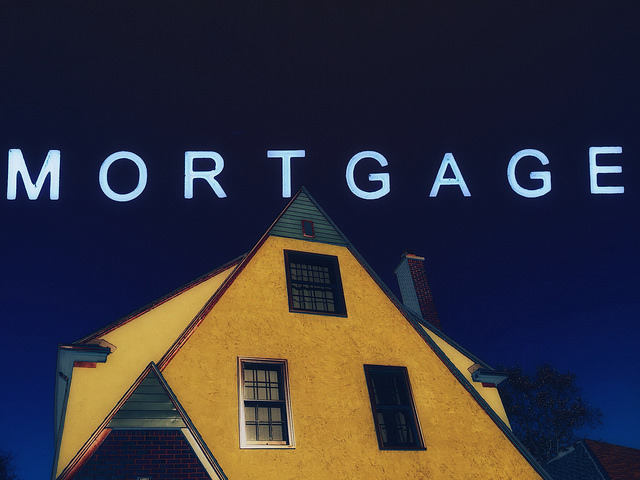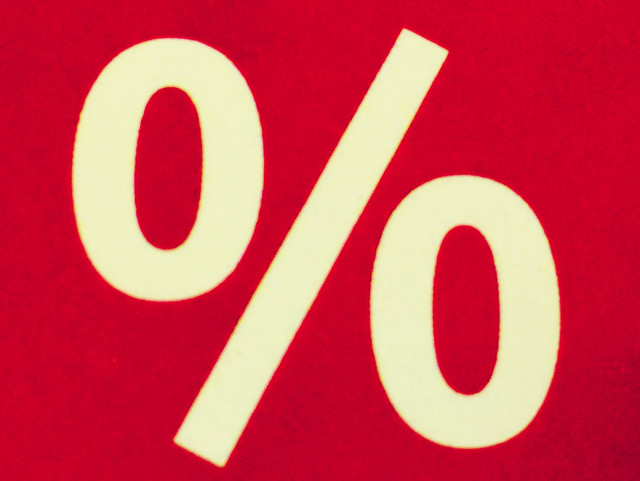According to the Mortgage Bankers Association’s Weekly Applications Survey, average mortgage rates fell last week across all loan categories, including 30-year fixed-rate loans with both conforming and jumbo balances, loans backed by the Federal Housing Administration, and 15-year fixed-rate loans. The drop marked the second consecutive week of declines and brought rates to their lowest level since July. But, though the decrease stirred up refinance activity, purchase application demand was flat from the week before and down 14 percent from last year’s level. Michael Fratantoni, MBA’s chief economist, told CNBC the numbers may not tell the whole story. “The mortgage industry is celebrating the one year anniversary of the TRID/KBYO regulatory implementation date this week,” Fratantoni said. “Purchase application volume last week was almost 14 percent below the same week a year ago. That was the last week for mortgage applications to be covered by the prior disclosure regulations and as a result there was a spike in application activity.” In other words, though this week’s results show year-over-year purchase activity down significantly, it should return to normal with next week’s survey. The MBA has conducted their weekly survey since 1990. It covers 75 percent of all retail residential mortgage applications. More here.













